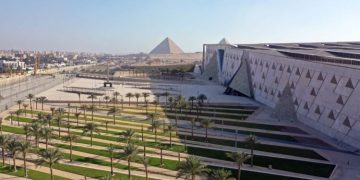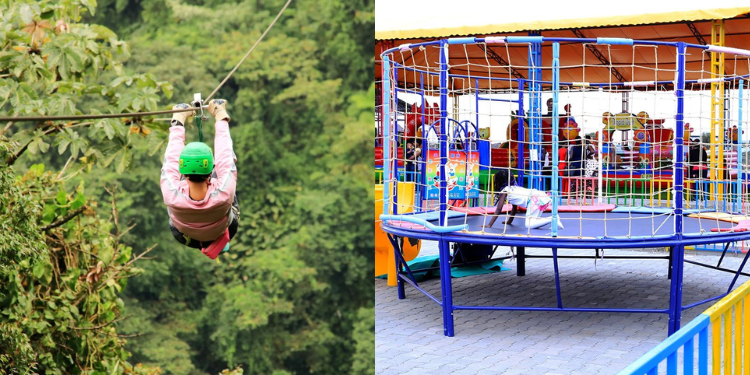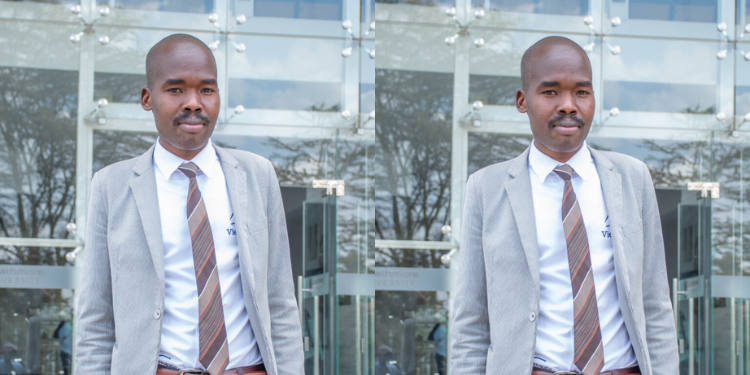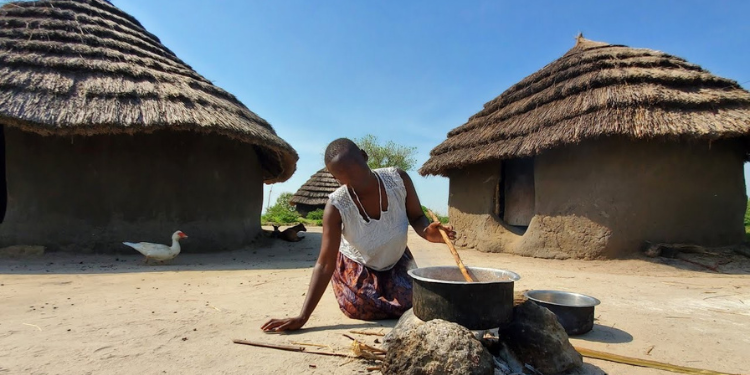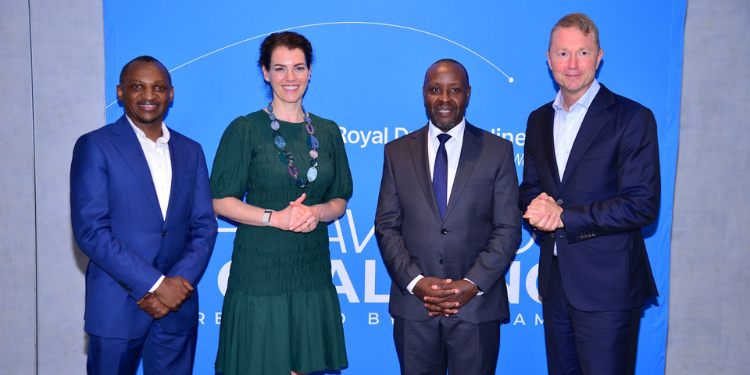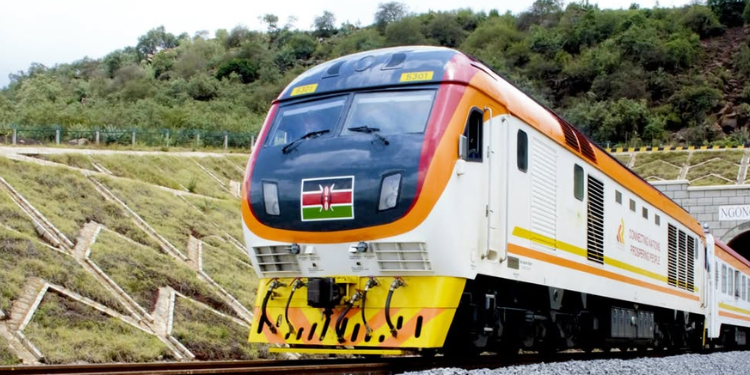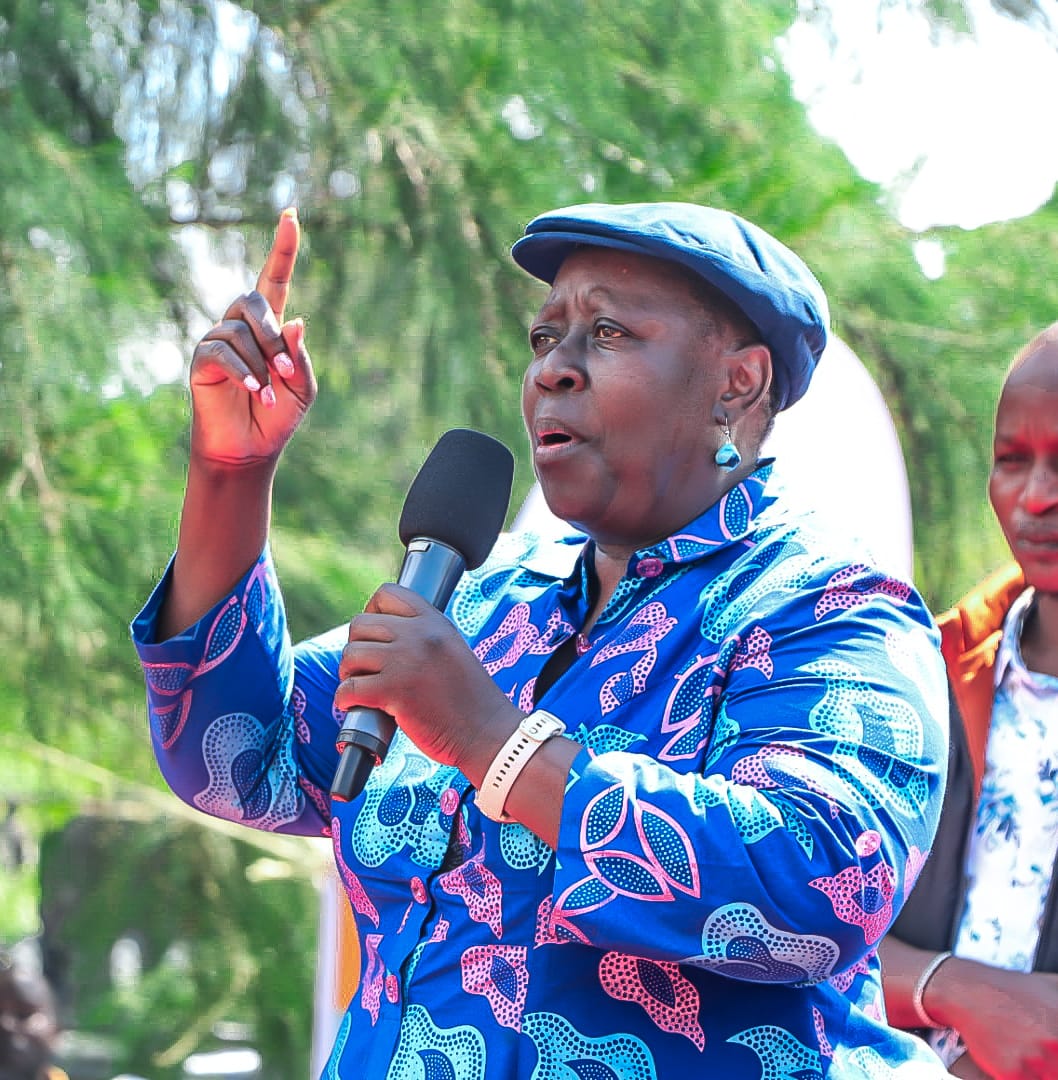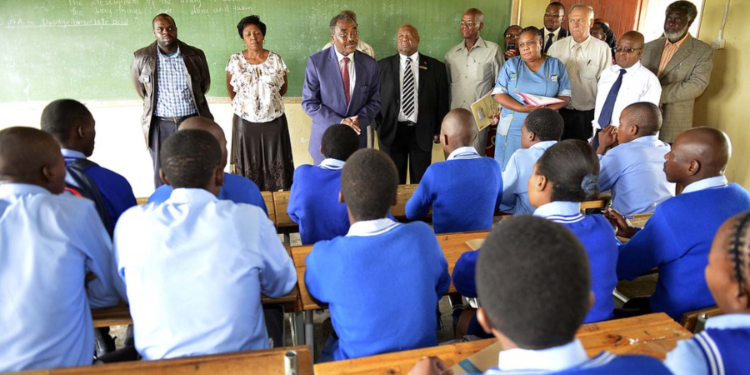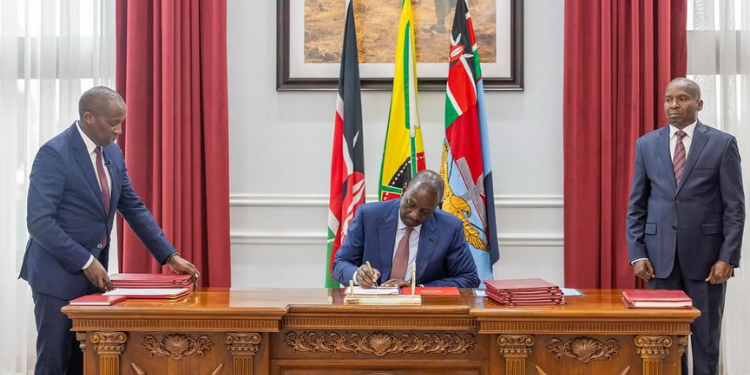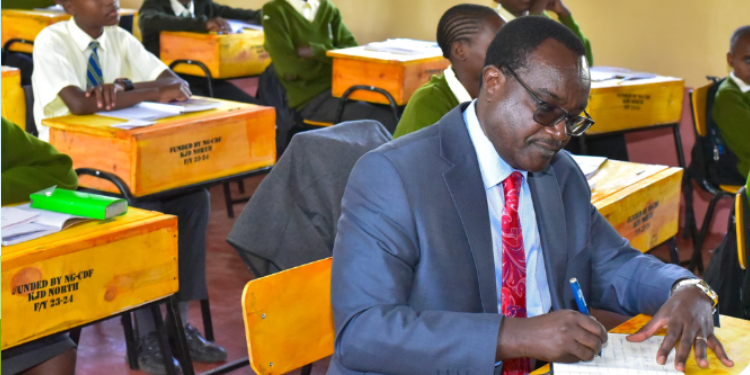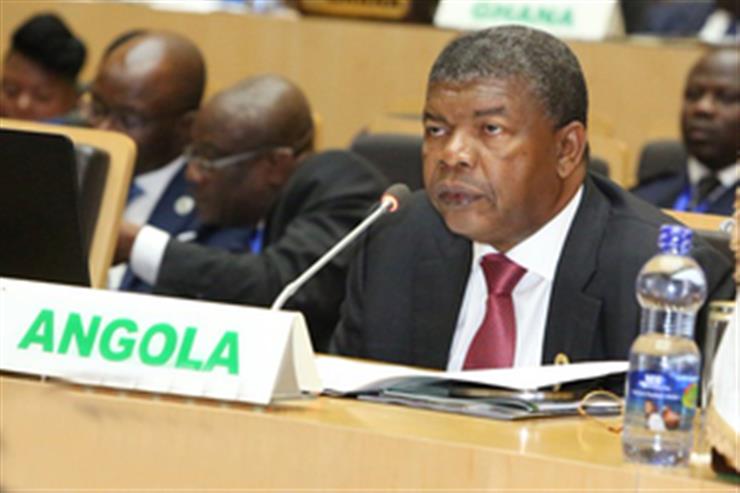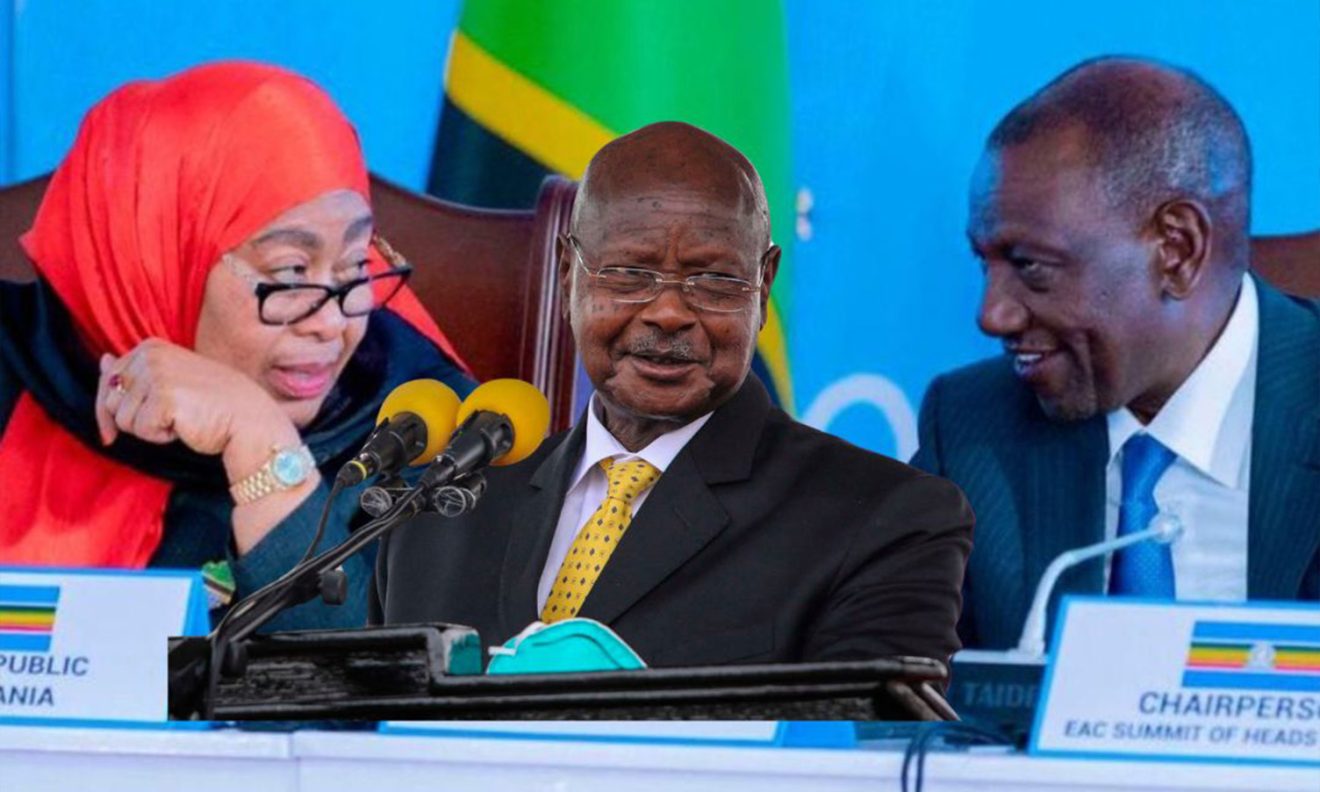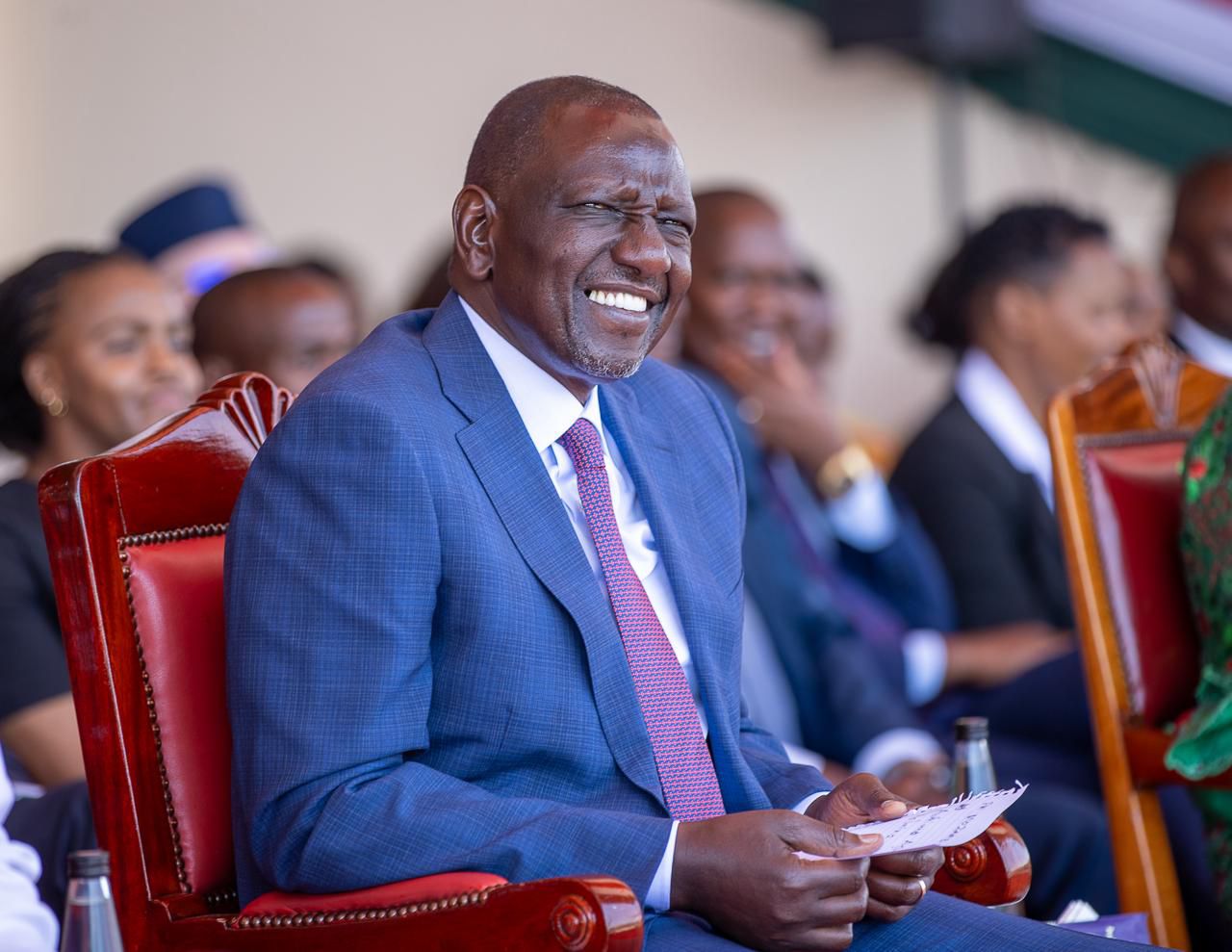In the past two decades, Kenya has implemented big ticket infrastructure projects whose impact is poised to bolster the country’s long-term economic fortunes. The most prominent projects include roads, bridges, railway lines, power generation plants et cetera. It is instructive to note that these projects provide more than just aesthetic value to the country but offer wide ranging economic benefits which are beyond superficial perspectives.
With most of the projects already delivered and now in performance phase, there has been notable resurgence in commercial opportunities, with the Standard Gauge Railway (SGR) project’s Madaraka Express service standing out, which provides passenger and cargo transport services between Nairobi and Mombasa. It has three simultaneous passenger departures from both ends at 8am, 3pm and 10pm, and varying cargo transfer trips.
SGR and its impact
On average, thousands of passengers board the trains in the three simultaneous departures from either side, with each train carrying upwards of 1000 passengers. Majority of these passengers access the terminuses by way of taxi services, public transport and some by the metre gauge railway trains specifically from the Nairobi Railway station to Syokimau Terminus. These developments have spurred economic activities at the termini and by design, created many job opportunities which contribute to overall economic prosperity.
There are teeming numbers of public transport and taxi operators at the terminuses who eke a living because of the well thought out project, which has also lessened the amount of time taken to travel between the port city of Mombasa and the capital Nairobi.
Also Read: Ruto Secures Deal for SGR Extension, Nithi Bridge and Nakuru Highway [FULL LIST]
However, the project’s downside is the effect it has wrought on bus companies, cargo transport companies and businesses along the Nairobi-Mombasa highway, with these businesses now having to contend with reduced passenger numbers and less cargo especially from the port of Mombasa respectively.
Nonetheless, as is always the case with all transformational initiatives, there must be disruptions in the ecosystem with casualties left in the wake, but the bottom line is to always focus on the bigger picture.
Energy projects
Separately, there are infrastructure developments for hydroelectric projects, geothermal projects, solar projects and wind projects, all of them geared towards revving up energy generation and complementing supply to the national grid to meet the ever-increasing demand for power by households and commercial purposes.
The referenced power projects provide clean energy that promotes long-term environmental sustainability, which is what the United Nations’ sustainable development goal number seven espouses for countries around the world to have clean and affordable energy.
Housing infrastructure
Kenya, like other low-middle income economies, is fully embracing a service economy and with it, there is accentuated rural-urban migration where large numbers of people are moving to towns to seek better prospects for their lives. The urbanization process has put pressure on basic physical systems and structures in urban areas and many people now live in informal settlements otherwise called slums.
In 2004, the government came up with the Kenya Slum Upgrading Program which was done in collaboration with UN-HABITAT with the aim of improving the living conditions of people living in informal settlements. The initiative has metamorphosed over the years and today we have the affordable housing program where across the country, low-cost housing units are being put up by the government under the supervision of the State Department for Housing and Urban Development.
The housing units are intended to afford decent living abodes for successful beneficiaries of the program, although for all intents and purposes, the initiative is just a drop in the ocean, as populations across towns are too large and only a minority can benefit from the housing program.
Also Read: Ruto Praises China, Announces SGR Extension Plans
All the same, the program has also been hailed as providing job opportunities for various cadres of workers including engineers, architects, quantity surveyors and handymen, with the government recently announcing elaborate plans to have structured internships and subsequent absorption to the available jobs in the program.
Big projects, big problems
However, myriad challenges have encumbered most of these infrastructure projects including financial constraints on the part of the government, especially arising from the adopted funding models. A case in point is the road annuity model championed through public private partnerships and requires that the government pays a fixed annual amount to private contractors for construction, maintenance and operation of road projects.
This is likely to be unsustainable in the long run and may offer minimal value for money to the public, also given that use of the infrastructure is only for those who can pay. There is a challenge of gaping skills deficit especially for specialist infrastructure projects and this explains why most of the projects are being undertaken by foreign companies because they have the requisite capacity.
Nevertheless, all is not lost as Kenya compares favourably well with her peers when it comes to infrastructure development, hence there is need to continuously revamp capacity building and up skilling of the various specialists working on projects to have fit for purpose personnel with requisite project management competencies to mitigate sub-optimal implementation of projects.
This article was written by Dr. Patrick Dan Mukhongo who is a Project Management Consultant.
Follow our WhatsApp Channel and X Account for real-time news updates.
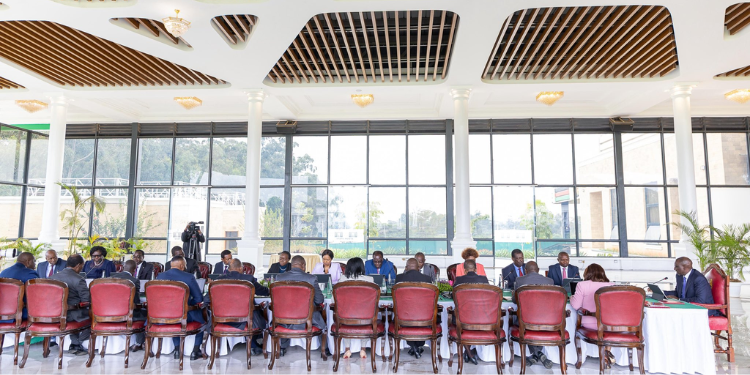

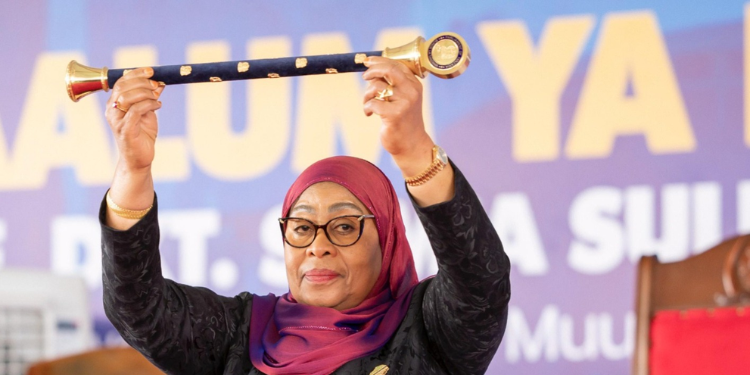

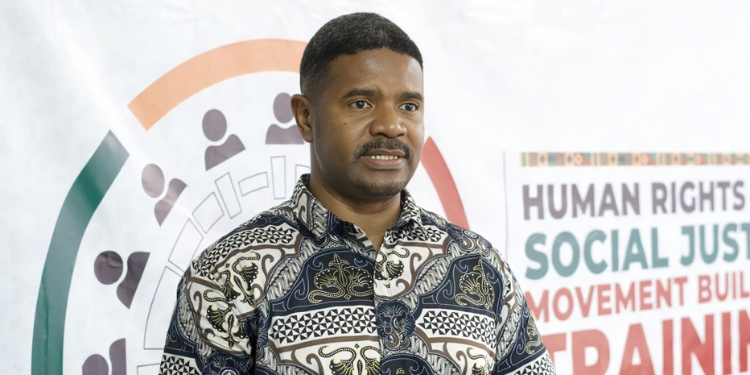
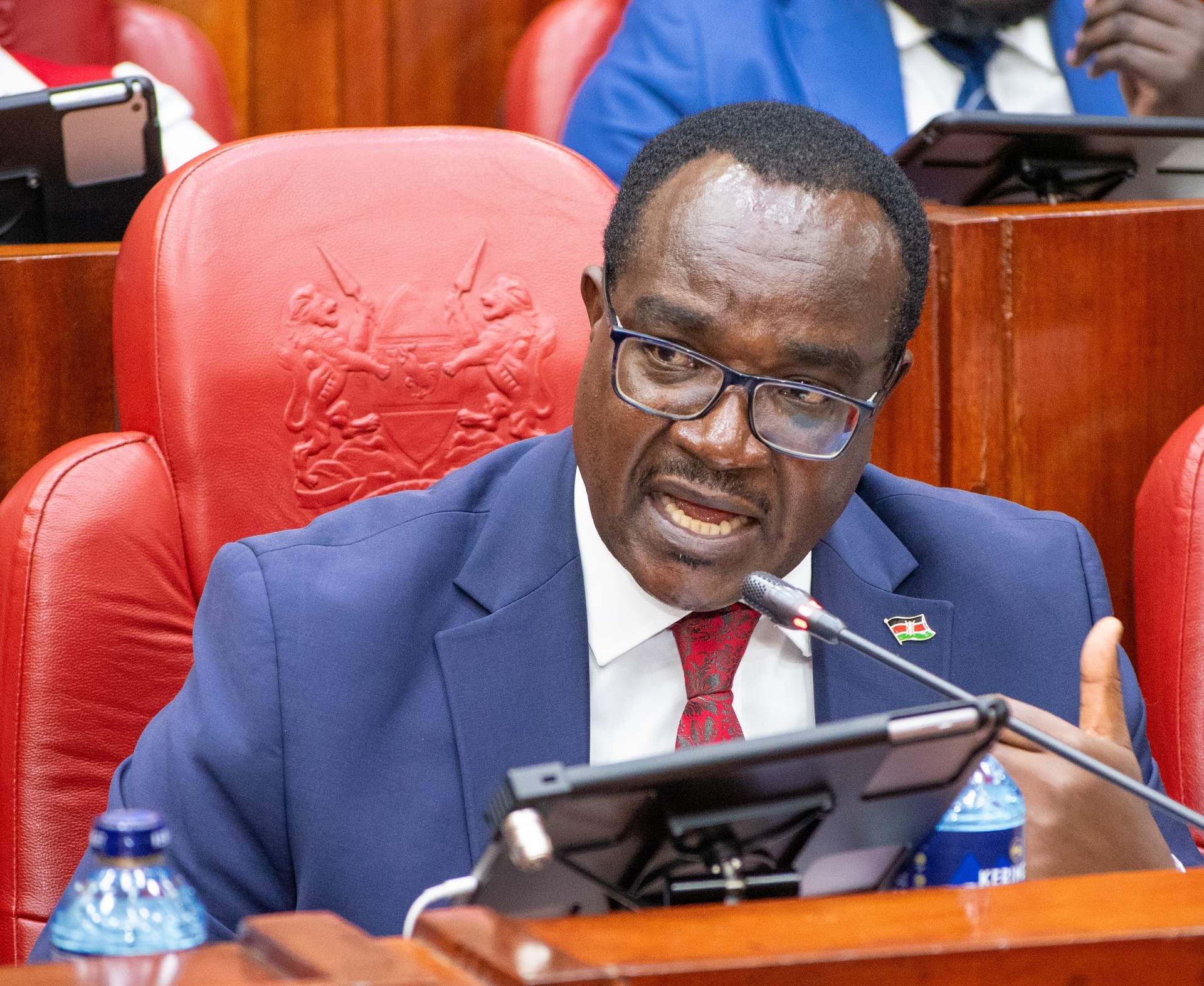

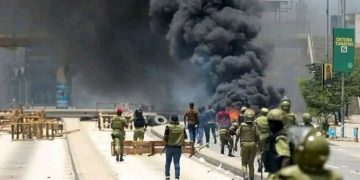

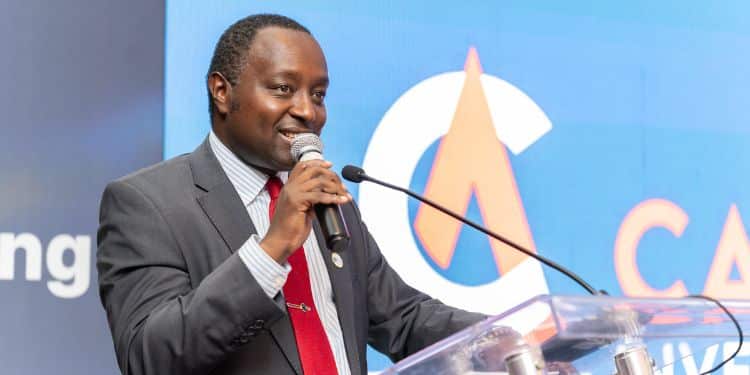
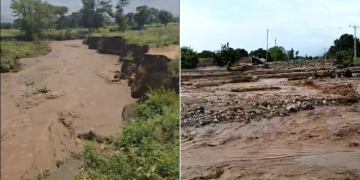



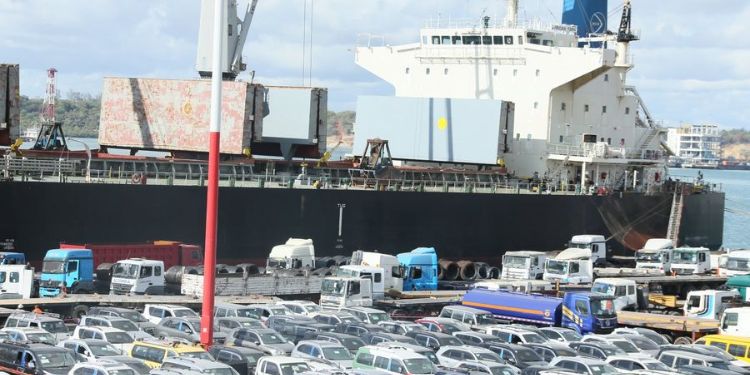


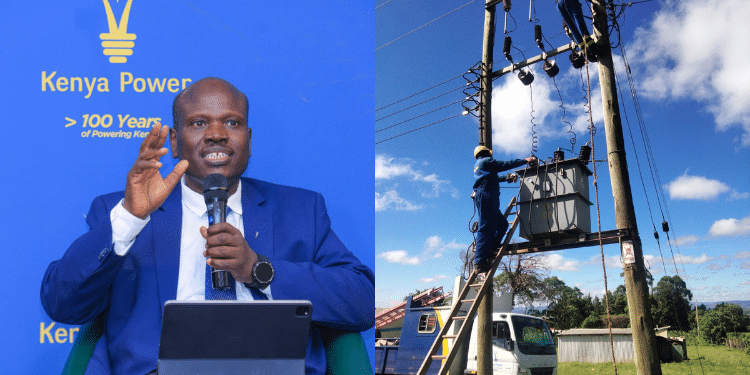


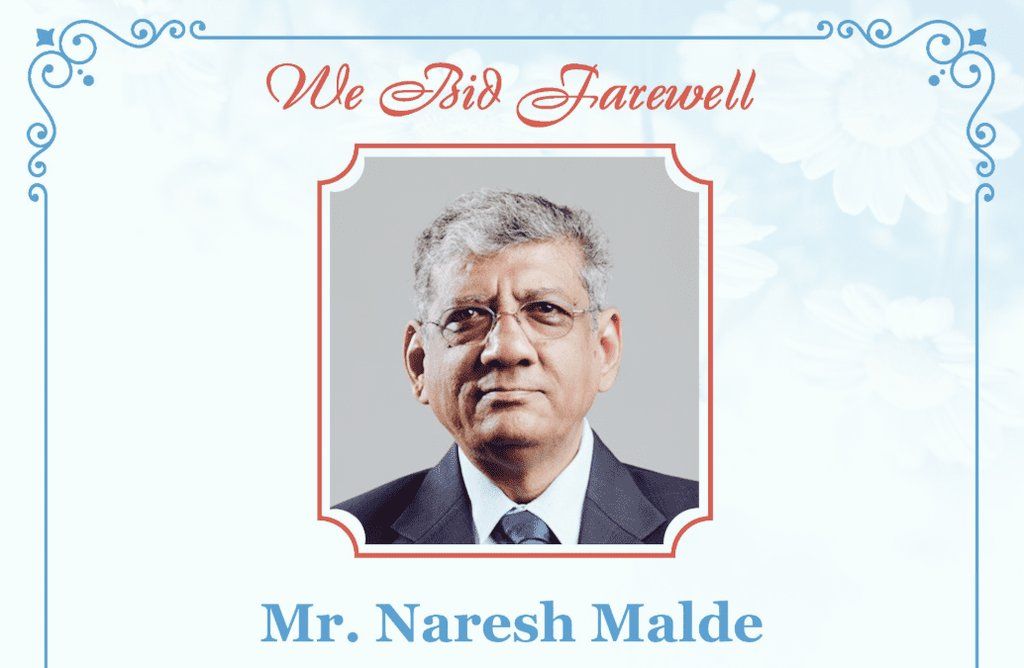

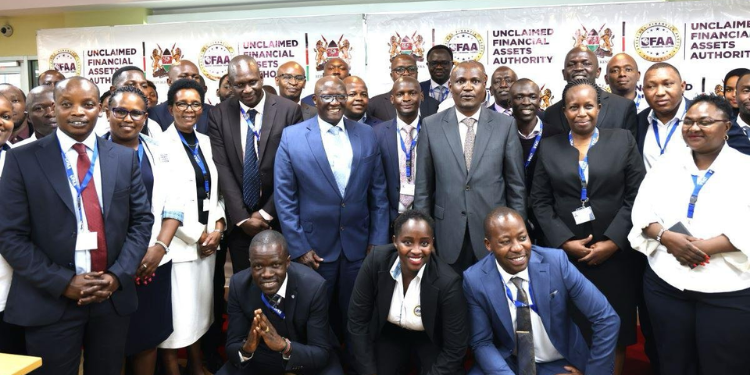
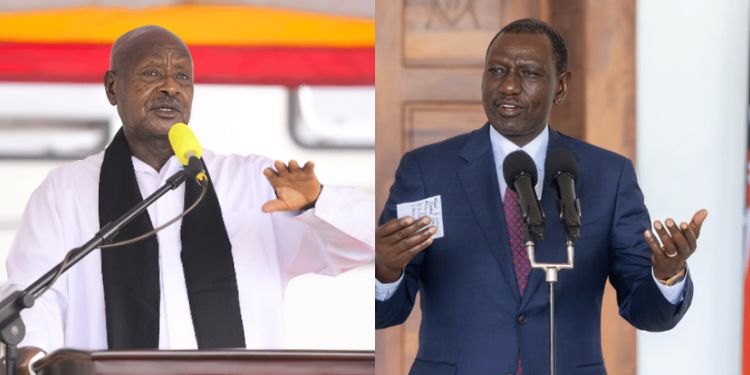
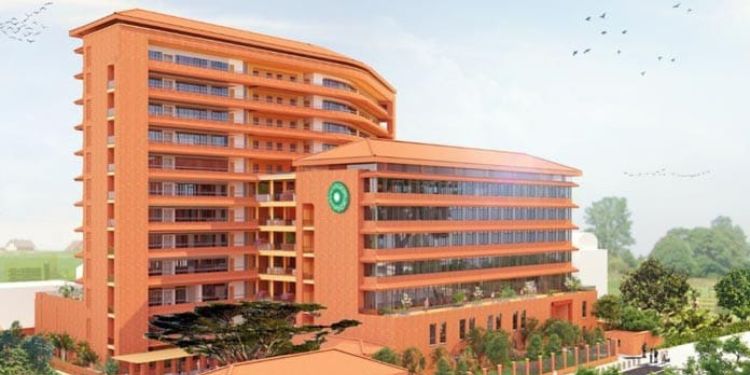
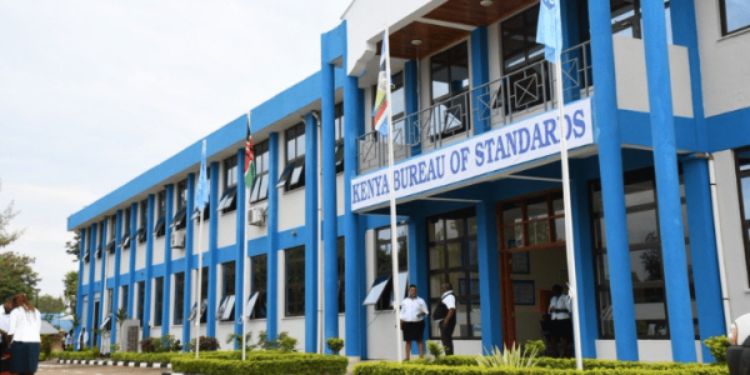
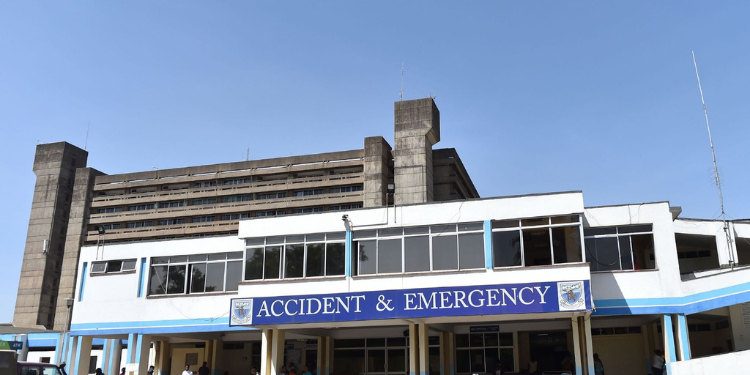

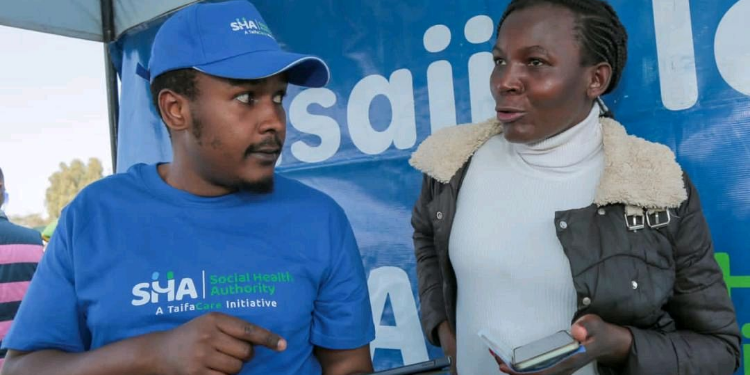
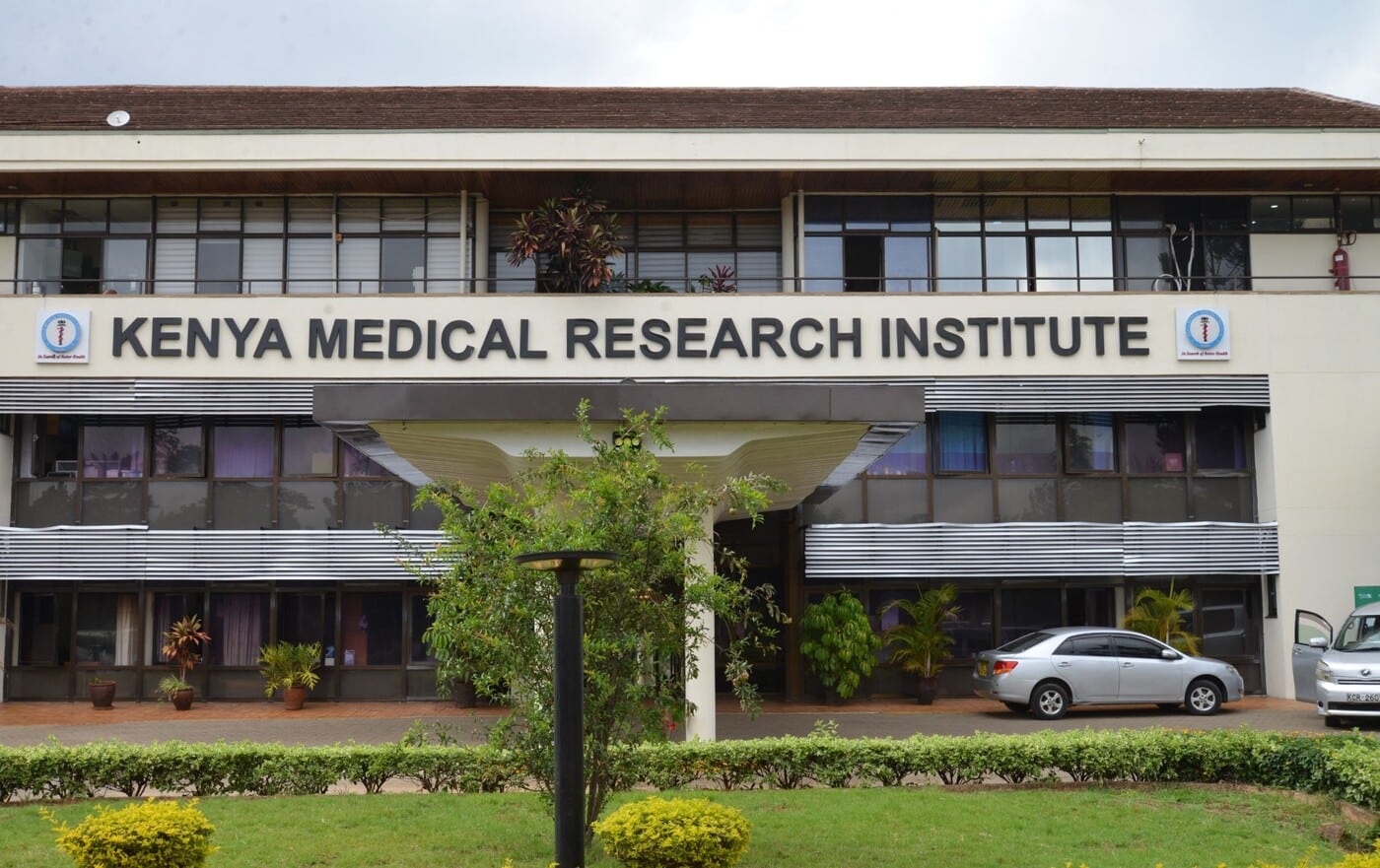
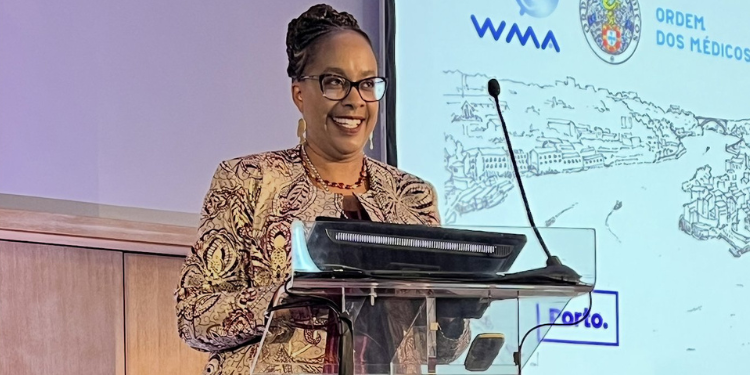
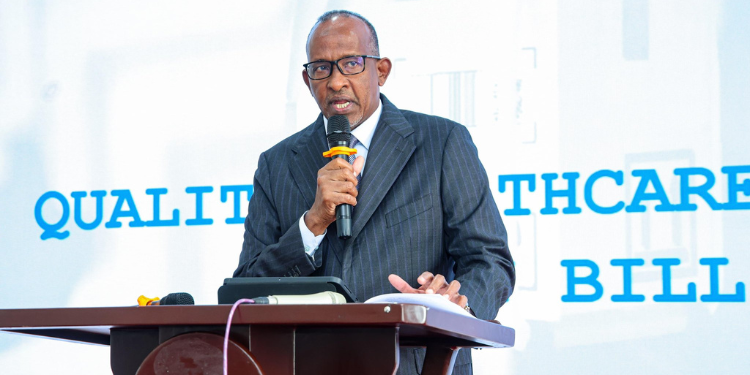




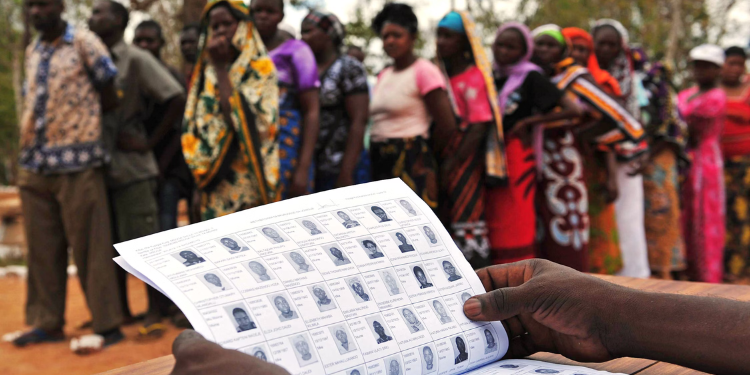

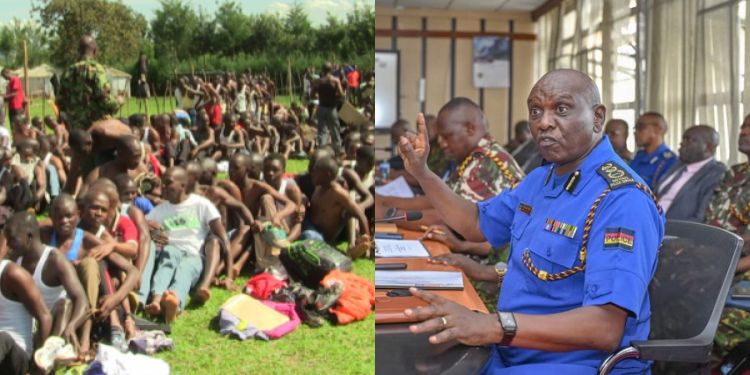
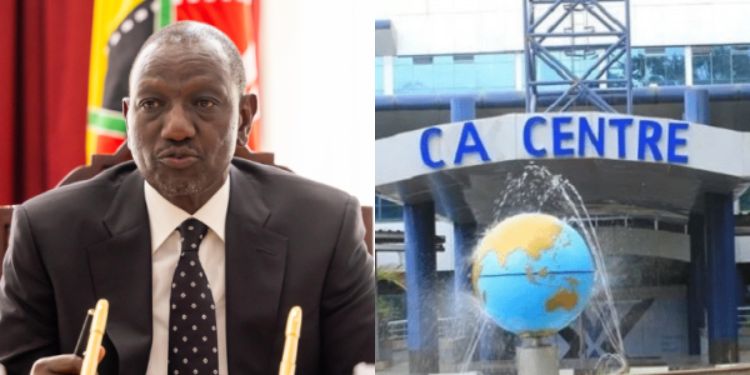









![Senator Allan Chesang And Chanelle Kittony Wed In A Colourful Ceremony [Photos] Trans Nzoia Senator Allan Chesang With Channelle Kittony/Oscar Sudi]( https://thekenyatimescdn-ese7d3e7ghdnbfa9.z01.azurefd.net/prodimages/uploads/2025/11/Trans-Nzoia-Senator-Allan-Chesang-with-Channelle-KittonyOscar-Sudi-360x180.png)
